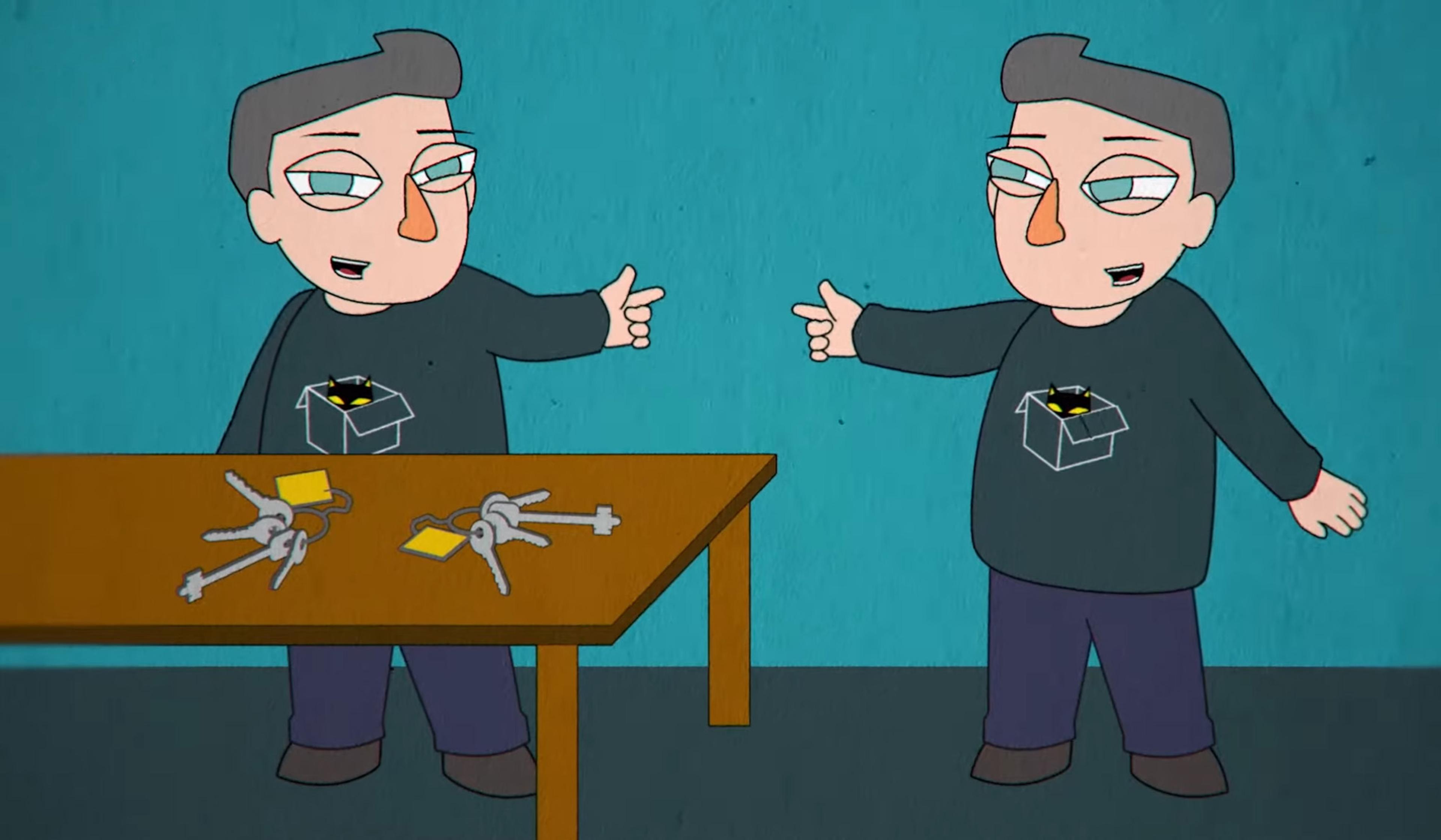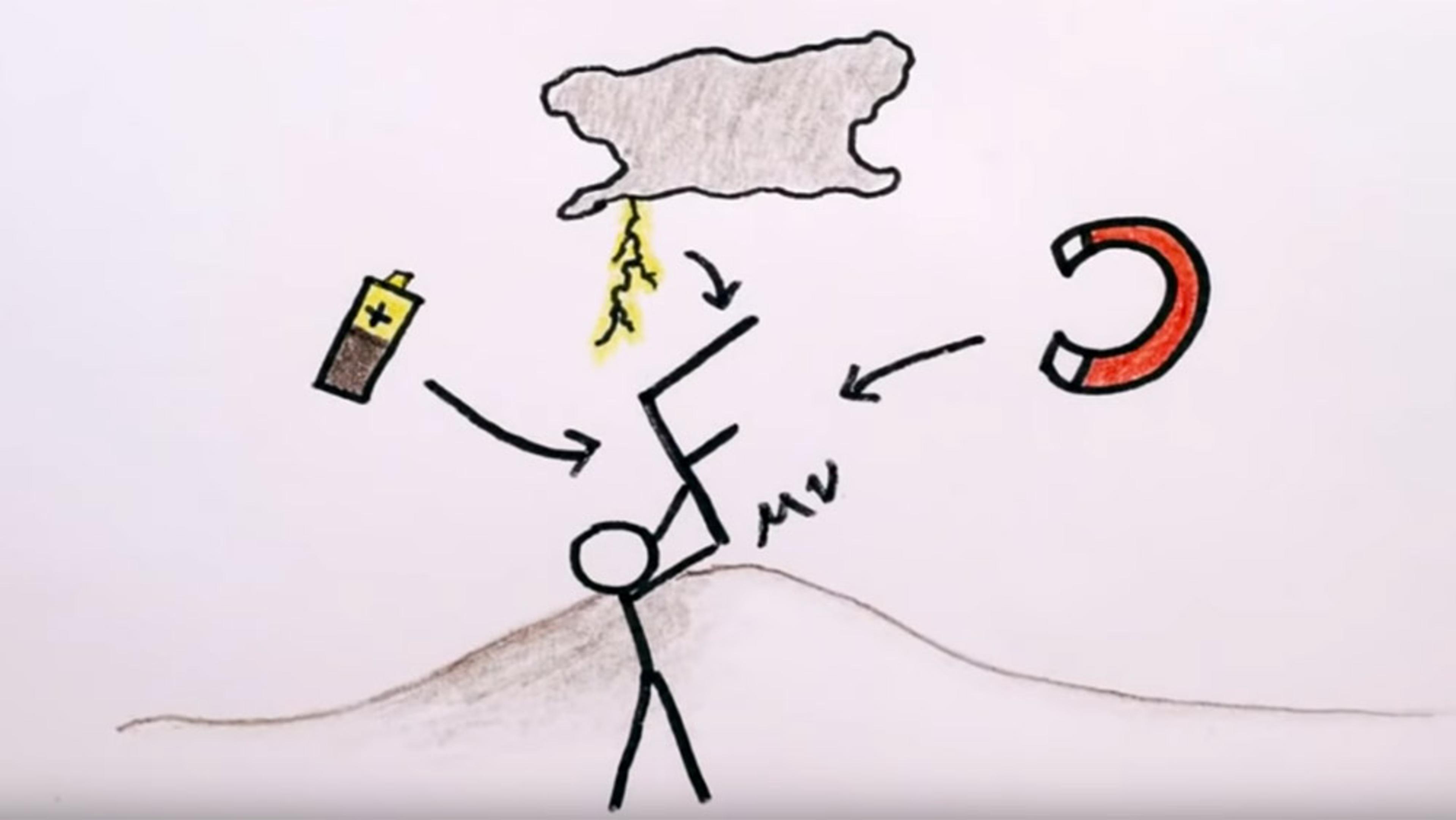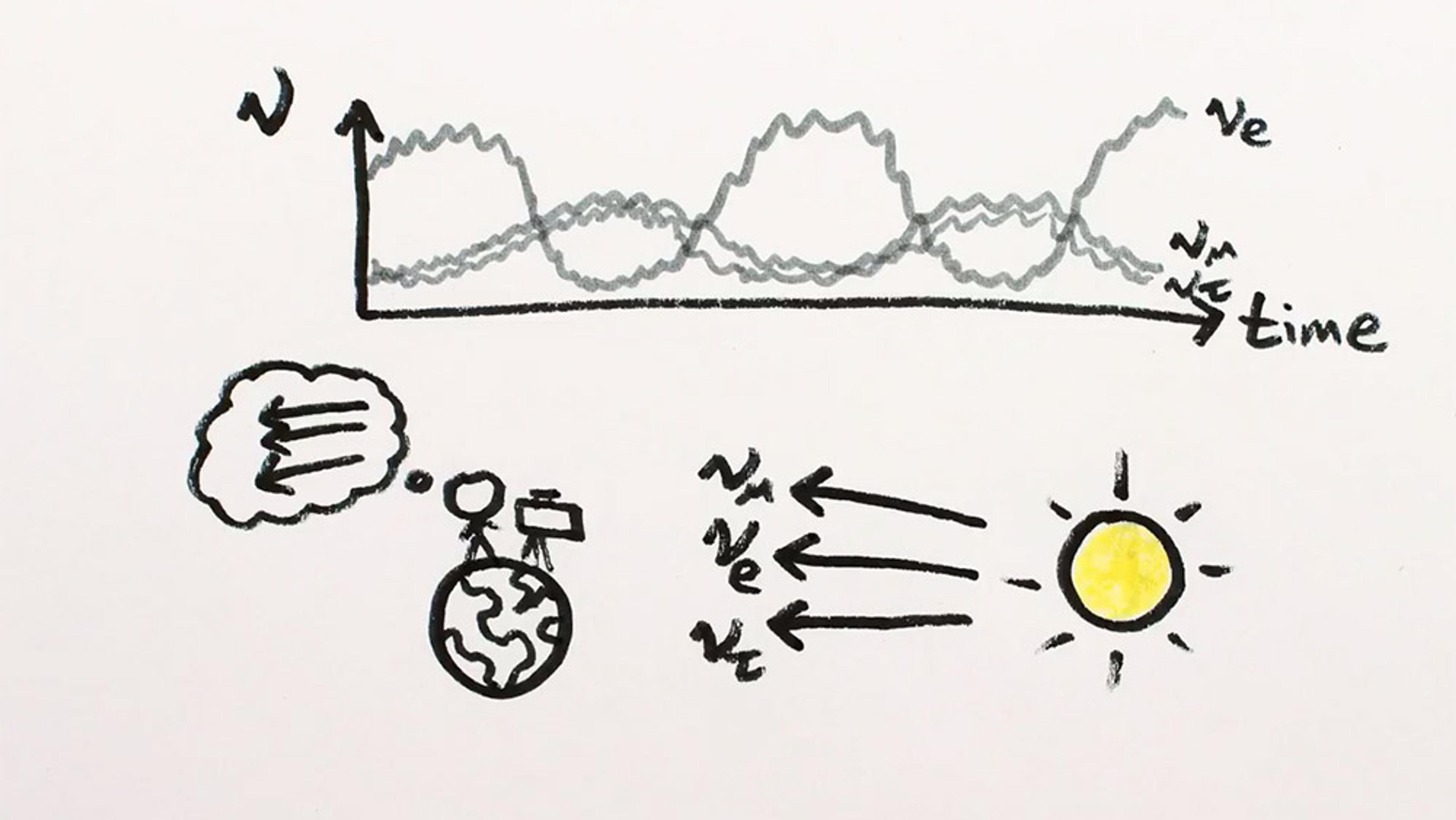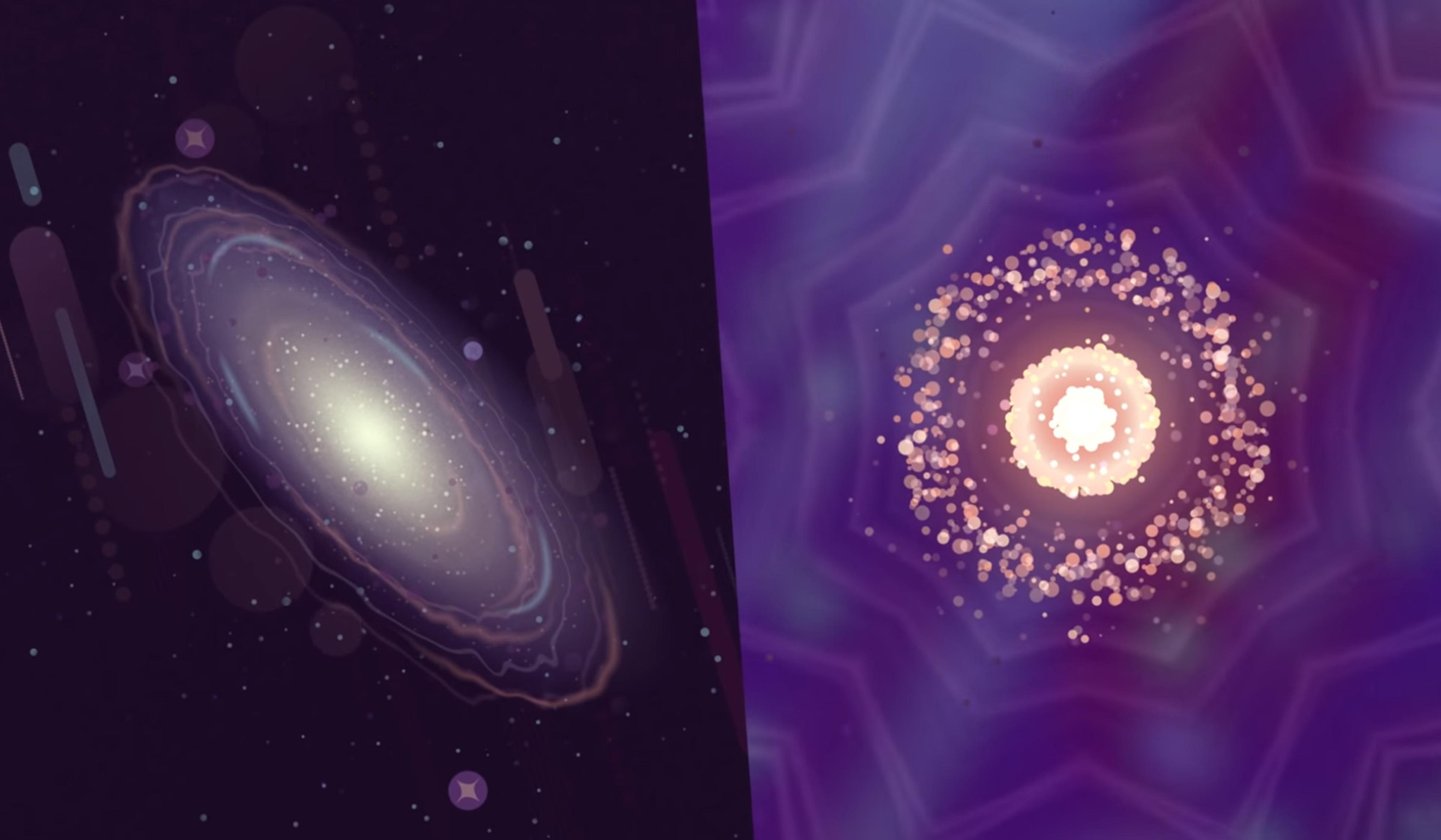In 1928, the UK physicist Paul Dirac stumbled on an equation that seemed to show that, for every particle, there’s another, nearly identical particle with an opposite electric charge. Just four years later, the US physicist Carl David Anderson proved Dirac’s prediction correct by capturing a picture of a ‘positron’ – a particle with the same size and mass as an electron, but with a positive charge rather than a negative one. This rapid series of developments unlocked one of the most momentous and enduring conundrums of physics: if particles with opposite electric charges annihilate one another when they meet, why is there any matter left? And if there’s no more matter than antimatter in existence, then the Universe should have annihilated itself soon after the Big Bang – yet, here we are. This brief animation breaks down this extraordinary, nearly century-long science puzzle, detailing some of the surprising explanations posited by contemporary physicists.
Logic tells us that antimatter should have annihilated the Universe. So why hasn’t it?
Animator: Eoin Duffy
Writers: Justin Weinstein, Brian Greene
Websites: World Science Festival, Studio Belly
27 June 2019

videoQuantum theory
Why aren’t our everyday lives as ‘spooky’ as the quantum world?
7 minutes

videoPhysics
Groundbreaking visualisations show how the world of the nucleus gives rise to our own
10 minutes

videoPhysics
If life feels out of balance, don’t worry – there’s always symmetry below the surface
4 minutes

videoPhysics
What does it look like to hunt for dark matter? Scenes from one frontier in the search
7 minutes

videoPhysics
How two scientists built a bridge between Newton and Einstein in ‘empty’ spaces
5 minutes

videoPhysics
How the ‘identity agnostic’ neutrino exists in three states all at once
3 minutes


